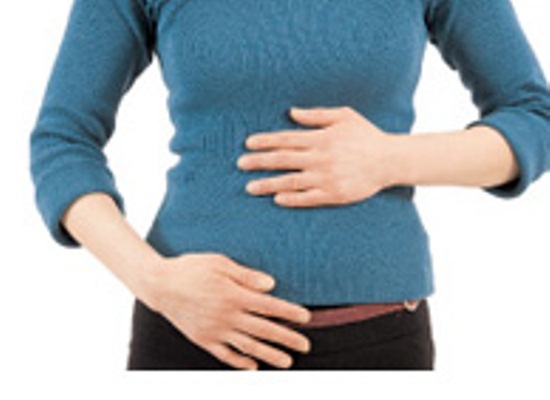Home » natural health »
HERBS:LIQUORICE (GLYCYRRHIZIN)
Long before it became a staple at the sweet counter, liquorice was a favourite herb among native American Indians, Chinese medical practitioners and ancient Greeks. The dramatic antiinflammatory action of its main chemical constituent, glycyrrhizin, slows the deterioration of the body’s own inflammation-fighting adrenal steroids and magnifies the power of other herbs. Research backs its use in treating rheumatoid arthritis, allergies, bronchial disorders, viruses, mouth sores (boil some liquorice root in water and use it as a mouthwash), chronic fatigue, blood sugar imbalances and several skin afflictions, including eczema, dermatitis and impetigo.
Science has known since the early 1960s that liquorice can curb a cough just as well as codeine. The extract enhances the heartburn-soothing action of antacids by some 80 per cent, cuts in half the ulcer-forming potential of aspirin and may even minimize dental plaque. It also may prevent HIV from developing into full-blown AIDS and inhibit the growth of other viruses, including hepatitis В and Epstein-Barr.
Taken in high doses for a lengthy period, glycyrrhizin can elevate blood pressure and cause fluid retention – side effects that are reminiscent of corticosteroid drugs; that’s because it prevents the breakdown of our body’s natural adrenal steroids. To avoid such problems, most herbalists use the whole herb or a glycyrrhizin-free extract, even though they are less potent than the pure extract. Deglycyrrhizinated liquorice is the one most widely used, and it’s a treatment of choice for peptic ulcer disease and other gastrointestinal disorders. In one head-to-head comparison, it prevented ulcers more effectively than the best-selling ulcer drug, cimetidine.
Don’t go to the sweet shop to fill your prescription. The junk food treat bearing the herb’s name contains sugar and artificial flavourings and little or no liquorice. I generally prescribe three to six capsules containing 300-600 mg for my patients with ulcer, allergy or inflammatory conditions.
GARLIC
This pungent bulb deserves four chapters, not four paragraphs. One of the best-studied plants in the world, garlic is a veritable panacea, whether eaten as a food or used as a medicinal extract.
Its array of benefits is staggering.
- For starters, it boosts immune function, favourably modifying the course of almost any infectious disease.
- It lowers high blood sugar and might increase the body’s metabolism enough to promote weight loss.
- Big doses of the extract may even help to prevent cancer.
Garlic’s most exciting use, I think, is in cutting back the risk of heart disease. It lowers cholesterol, prevents blood fats from sticking to artery walls and reduces high blood pressure. It also inhibits the body’s release of thromboxane B2, a substance that constricts blood vessels and bronchial passages.
What’s the best way to get your garlic? Any way that’s convenient. If you don’t like the taste or can’t eat it every day, try an extract of aged garlic, either in a capsule or as a liquid. Odourless I and tasteless, it’s the form that researchers have studied most extensively. Because the herb’s healing strength increases proportionately with the dose, supplements are the better therapeutic r choice. I recommend taking 2,400-3,200 mg every day.
Beware of products that promote their allicin content. Allicin is a short-lived substance formed by crushing fresh garlic. It is not absorbed by the digestive tract – and for good reason: it damages red blood cells and irritates body tissues, lab studies report.






0 Comments
You can be the first one to leave a comment.